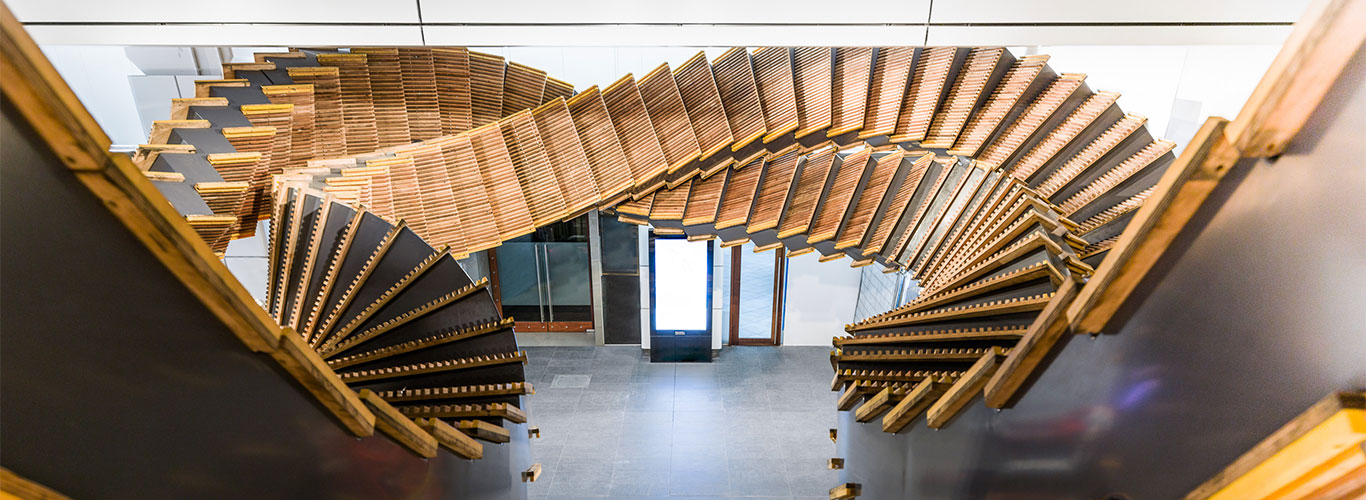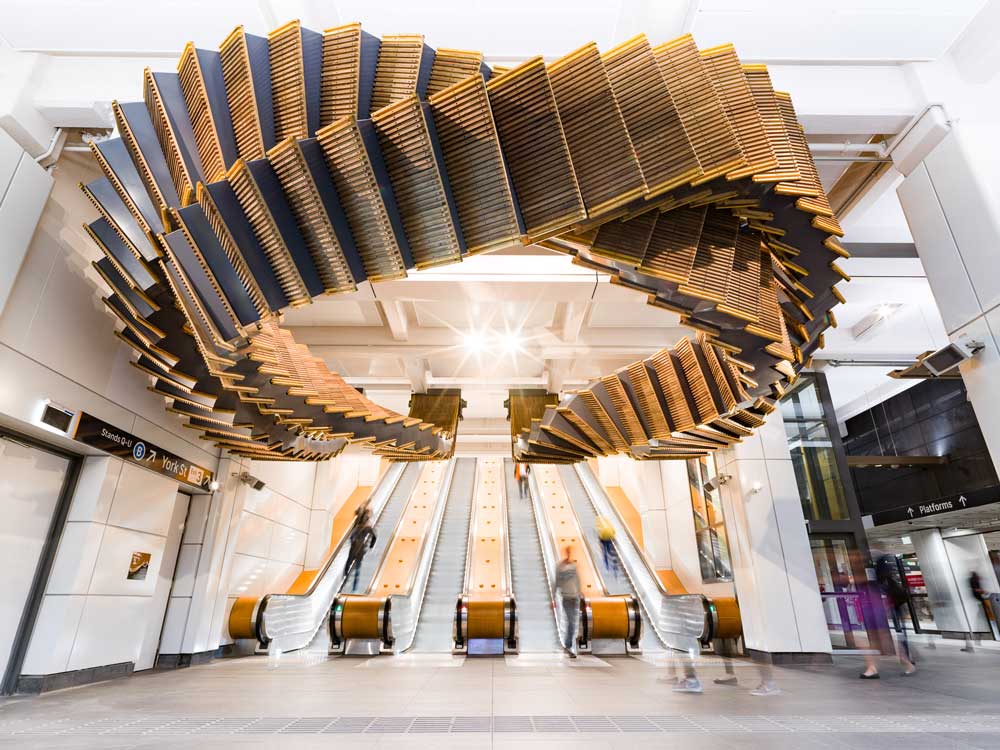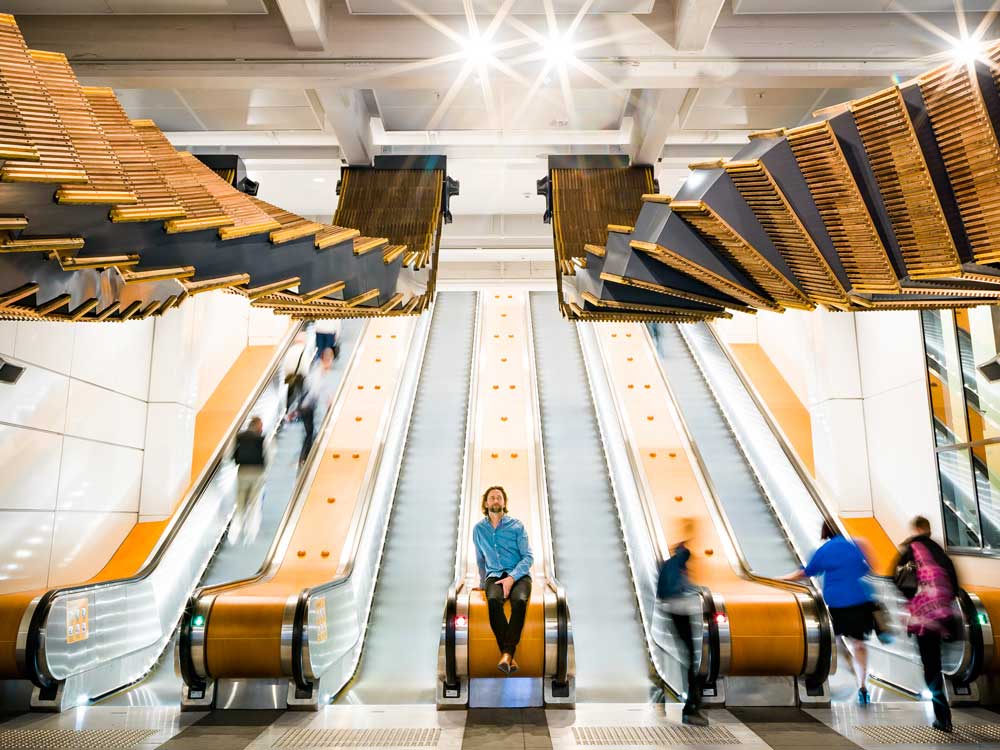Technology and transport transform the way we live

This article originally appeared in The West Australian on 31 Jan 2018. Written by Emma Williamson and Nic MacCormac, edited by Helen Shield helen.shield@wanews.com.au.[/vc_column_text][/vc_column][/vc_row][vc_row][vc_column width=”1/2″][vc_column_text]
The State Government has embarked on the single biggest investment in public transport in Perth’s history. Transport infrastructure is critical to a connected future for our growing population and Metronet will create an enduring legacy for WA.
The key to the project’s success is in the shift from an engineering-led approach to that of an integrated land use and transport framework. This investment is occurring simultaneously to more conversations about the impact of technology in almost every aspect of our lives.
As designers, we are constantly looking for opportunities for technology to positively affect the workplace, the way we live, the public realm and the way we move between these.
We need to look at emerging technologies from the point of view of their contribution to creating more economically competitive, sustainable and liveable communities.
At the same time as planning public transport infrastructure, we need to continue talking about the complex and dramatic shift that will take place over the coming decades through driverless technologies. There are significant opportunities at the interface between these two modes at public transport hubs as well as along the existing road network. It is here that our built environment, particularly the urban landscape and public realm, can be reimagined to take full advantage of these changes.
Through Metronet, communities have an unprecedented opportunity for a transformation.
For inner-ring centres this may simply be densification. For outer suburban areas, it may be the changes with significant sites dedicated to park and ride being transformed into public amenity and mixed-use developments as autonomous cars reduce demand for all-day parking.
Station precincts need to develop to become memorable destinations.
By shifting our thinking towards a focus on the passenger experience beyond the journey, to departure, interchange and arrival, we can look for tailored opportunities for publicly accessible facilities at and beyond the station.
As urban designers and architects we can look closely at the fine grain of transit hubs and respond sensitively, designing infrastructure that is flexible enough to adapt over time and tailored to reflect the subtle and unique qualities of each place.
Each infrastructure intervention requires detailed studies of the existing conditions, and an intimate understanding of a precinct’s developmental capacity.
Understanding the unique character and the potential of each place is key to understanding how to build on this existing amenity, to identify missing urban ingredients, and ultimately integrating new built form and transport systems successfully.
[/vc_column_text][/vc_column][vc_column width=”1/2″][vc_single_image image=”6064″][vc_column_text]Interloop, 2017, by Chris Fox seems to oscillate above the new escalators at Wynyard Station. Photography by Josh Raymond.

